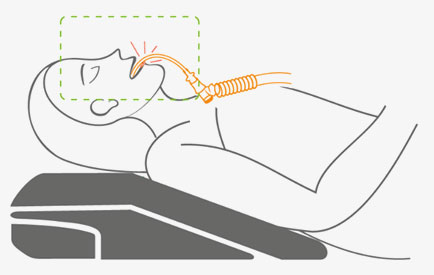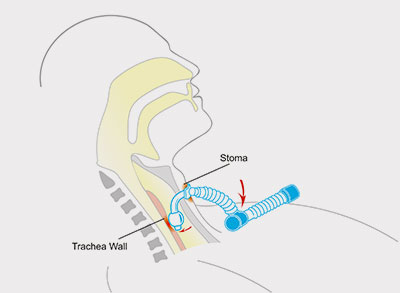We believe in better patient outcomes and serving the needs of clinicians so they can focus on continuing to make a difference.
Contact UsPressure Injury is
A “Never Event”
Identifiable
Centers for Medicare & Medicaid Services and the Agency for Healthcare Research and Quality recommendation defined early identification and intervention as key elements in prevention of pressure injury.
-
Measureable
Proactive assessment of the mouth, lips, and tracheostomy stoma, as well as methods of securing and positioning the artificial airway is vital in preventing and treating issues relating to endotracheal tubes and tracheostomy tubes.
Preventable
In 2008, the Centers for Medicare & Medicaid Services identified pressure injury among the most preventable hospital-acquired conditions and ceased reimbursement for it.
Medical Device Related (MDR) Pressure Injury
- Cause pain and suffering
- Impair quality of life
- Are expensive to treat
- Can Interfere with functional recovery
- Can cause infections
- Contribute to increased length of stay
MDR Pressure Injury progression
Critically ill patients who require
medical devices are

Some Facts
-
![]() Patients requiring the use of medical devices are 2.4x more likely to develop pressures ulcers.1
Patients requiring the use of medical devices are 2.4x more likely to develop pressures ulcers.1 -
![]() Endotracheal, tracheostomy, and nasogastric tubes are the leading causes of MDR ulcers.2
Endotracheal, tracheostomy, and nasogastric tubes are the leading causes of MDR ulcers.2 -
![]() 70% MDR pressure ulcers develop on the head, neck, and face.2
70% MDR pressure ulcers develop on the head, neck, and face.2 -
![]() 20% Patients receiving mechanical ventilation develop pressure ulcers.3
20% Patients receiving mechanical ventilation develop pressure ulcers.3 -
![]() Managing a single stage III or IV pressure ulcer could cost up to $50,0004
Managing a single stage III or IV pressure ulcer could cost up to $50,0004
The Problem
Artificial airways can lead to discomfort and complications
Endotracheal Tube

Weight of a ventilator circuit causes the endotracheal tube to press on patient’s lips, which leads to
- Pressure injury and lip breakdowns
- Endotracheal tube movement and slippage
- Patient Discomfort
Tracheostomy Tube

Tracheostomy tube malposition leads to
- Injury around stoma
- Complication at cuff-site
- Cuff leaks and patient-ventilator asynchrony
- Acquired tracheomalacia
- Patient discomfort
Elevate Solution
Lightweight device made with high compression strength closed-cell polyethylene material.
Made in the USA
Unique opening that provides better hold and proper airway positioning.
Single-use, Latex-free, and easy to use
Unique patented shape and curvilinear design allowing for increased contact surface area.

How it Works
1 Gently lift the airway delivery tube making sure the airway device is not resting on the lip.
2 Obtain the correct Elevate device for the patient. Use Elevate endotracheal large for endotracheal airways and Elevate Tracheostomy for tracheostomy tubes.
3 Attach the Elevate device to the airway delivery apparatus and adjust to the desired elevation. The optimal position can be obtained by positioning the device closer or further away from the patient.
4 Maintain the Elevate device for continuous support.
Here’s what clinicians are saying

“The Elevate device provides a sense of stability that could otherwise not have been achieved with previously used items.”

“Easy to use and less bulky than a rolled towel.”

“The device was great. Very user friendly & kept the Trach tubing from pulling & flipping around.”

“It holds much better than the towels.”

More comfortable and feels cooler compared to towels that get hot.

“It’s very light, and looks cleaner and presentable.”

“Loved the Elevate! I’ve always used towels because of concerns about lip ulcers. The elevate device worked even better than towels plus allowed for better visualization of the circuit, was really easy to move around to get best position for the patient.”

“Really enjoyed using the elevate devices with my patients. Both ETT/Trach devices provided stable positioning.”

“Looks better than rolled-up towels.”
Contact Us
Get in touch today and learn how you can use the Elevate in your clinical practice and experience the benefits firsthand!





